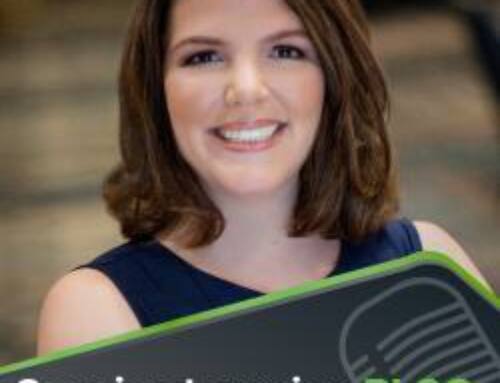Regarding the subject of partner “tax capital accounts.” It is a requirement for large partnerships in 2020 returns. Lynn Nichols, SCACPA’s advisor and speaker on Tax topics, believes that many CPAs do not seem to understand how it is supposed to work. He talks about it in his SCACPA Federal Tax Update podcast posted below, followed by additional details that he hopes will be helpful.
Partner’s Tax Capital Calculation for 2020 Form 1065
Be sure to review the instructions for Form 1065, Item L Partner’s Capital Account Analysis, “Tax Basis Method.”
It is required for the ending 2020 (beginning 2021) balance, including restating the balance if necessary, for it to be stated as “Tax Basis Capital.” Wisdom suggests some sort of reconciliation between a partner’s capital account as maintained before 2021 and that partner’s “Tax Basis Capital” on December 31, 2020.
First: You are not required to complete Item L if the answer to Question 4 of Schedule B is “Yes.” This means that very small partnerships get a pass.
- Item L is the Partner’s Capital Account Analysis
- Question 4 establishes that a “small partnership” is not required to include any information in Item L.
- A “small partnership” for this purpose is one that:
- has less than $250,000 in total receipts
- total assets of less than $1 million
- files Form 1065 timely and provides Schedule K-1 to each partner, and
- is not filing (nor required to file) Schedule M-3
Second: When you are required to complete Item L, you must use the “Transactional Approach” to report the balance on the “Tax Basis Method.”
Under the “Transactional Approach,” increases to a partner’s capital account (such as contributions and share of partnership net income) and decreases to the capital account (such as withdrawals, distributions and share of net loss) are calculated and reported using tax basis rules and principles.
Tax basis rules and principles are found in the following Internal Revenue Code Sections:
705 – Determination of Basis of Partner’s Interest
722 – Basis of Contributing Partner’s Interest
733 – Basis of Distributee Partner’s Interest
742 – Basis of Transferee Partner’s Interest
[Notably absent from that list are Code Sections 704, 743, and 754, so there are no entries to “Tax Basis Capital” for valuation or revaluation of a partner’s capital account.]
Third: Subtract from that “basis” the partner’s share of partnership liabilities determined under Code Section 752 – Treatment of Certain Liabilities.
The IRS defines a partner’s tax basis capital account (or “tax capital”) as a partner’s equity calculated using tax principles, not based on GAAP, Section 704(b), or other principles.
We all know a partner’s capital account can be negative when losses allocated to the partner exceed the value of the capital account. We also know that a partner’s basis in the partnership interest can never be negative. Losses that would otherwise drive the partner’s basis below zero are not deductible but are ‘limited’ until they can be offset by increases in basis.
However, a partner’s “tax basis capital” account can be negative if a partnership allocates tax losses or deductions or makes distributions to the partner in excess of the partner’s tax basis equity in the partnership, or when a partner contributes property subject to debt in excess of its adjusted tax basis to the partnership.
The rules for calculating and maintaining a partner’s “tax basis capital” are unlike those for either basis or capital. Read more about this on Page 31 of the 2020 Instructions for Form 1065 (posted in Draft form on Feb. 4, 2021).
You can contact Lynn Nichols at lynnnicholscpa@outlook.com or 714.321.3387 and connect on LinkedIn.
A federal tax specialist for 50 years, Lynn Nichols provides tax consulting services to CPA firms on complex federal income tax issues, professional standards in tax practice and effective tax practice management. Check out his Tax Updates video playlist.
Click and subscribe to the SCACPA YouTube channel so you don’t miss another update on guidance from the experts.


